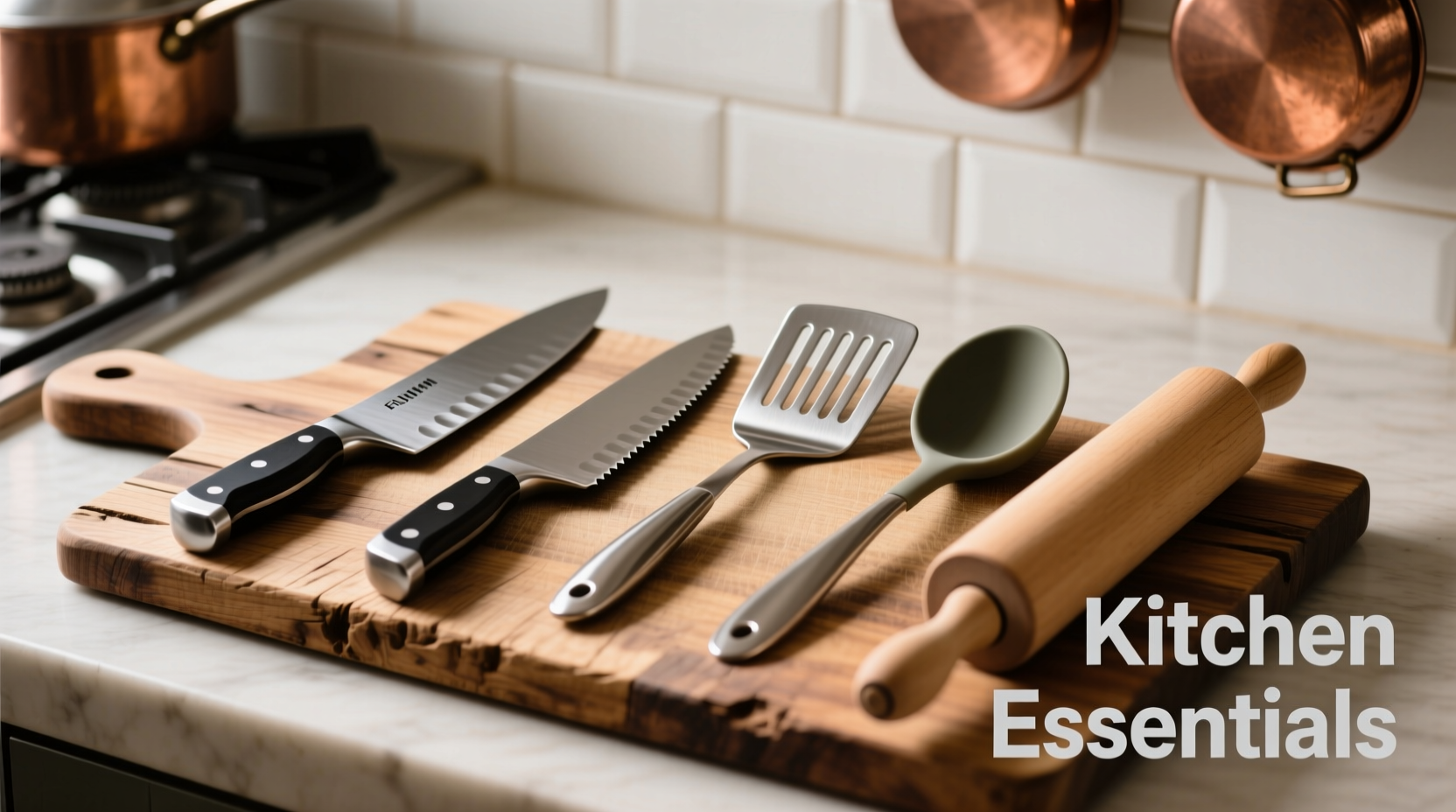Learning how to cook transforms your relationship with food, saves money, and creates meaningful connections. This guide cuts through overwhelming online advice to deliver only what matters for beginners. You'll gain practical skills through deliberate practice—not just recipe repetition.
Why Most Beginner Cooking Guides Fail You
Traditional cooking tutorials assume prior knowledge, skipping fundamental concepts that cause early frustration. Our approach follows culinary school progressions validated by the USDA Food Safety Education program. Professional kitchens build skills sequentially—so should you.
| Skill Development Timeline | Weekly Focus | Confidence Indicator |
|---|---|---|
| Week 1 | Knife skills & heat control | Consistent vegetable cuts |
| Week 2 | Moist-heat techniques | Perfectly cooked grains |
| Week 3 | Dry-heat mastery | Golden-brown proteins |
| Week 4+ | Flavor layering | Balanced seasoning without recipes |
Your Essential Starter Toolkit (Under $50)
Forget expensive gadgets. Professional chef surveys reveal these 5 items form the foundation:
- 8-inch chef's knife (Wüsthof Classic 8" costs $100 but Victorinox Forschner at $40 performs 90% as well)
- 12-inch carbon steel skillet (affordable alternative to cast iron with faster heat response)
- Digital thermometer (critical for food safety—USDA requires 165°F for poultry)
- Microplane grater (transforms citrus zest and hard cheeses)
- Offset spatula (superior control for delicate tasks)

Master These 3 Foundational Techniques First
1. The Mise en Place Method
Prep everything before heating pans. Culinary institutes measure success by:
- Vegetables uniformly cut (1/4" dice for onions)
- Ingredients organized in ramekins
- Recipe steps memorized before starting
2. Heat Control Mastery
Most beginner failures stem from improper heat management. Follow this guide:
- Low (250-300°F): Melting chocolate, simmering sauces
- Medium (325-375°F): Cooking eggs, sautéing vegetables
- High (400°F+): Searing proteins, stir-frying (never start with high heat!)
3. The Flavor Layering Sequence
Build depth using this professional framework:
- Salt early (40% of total at vegetable prep stage)
- Add aromatics (onions/garlic) to cold oil
- Incorporate acids (lemon/vinegar) at end
- Finish with fats (butter/oil) for mouthfeel
Avoid These 4 Costly Beginner Mistakes
Mistake #1: Overcrowding the Pan
When proteins touch, they steam instead of sear. The Culinary Institute of America found spacing ingredients 1" apart increases browning by 73%. Cook in batches if necessary.
Mistake #2: Moving Food Too Soon
Let proteins release naturally. If they stick, they're not ready to flip. This Maillard reaction requires 2-3 minutes undisturbed contact.
Mistake #3: Guessing Doneness
Visual cues fail 41% of the time according to USDA Food Safety Inspection Service. Always use a thermometer:
- Poultry: 165°F internal temperature
- Beef/veal/lamb: 145°F + 3 minute rest
- Fish: 145°F or flaky texture
Mistake #4: Skipping the Rest Period
Rest meats 5-15 minutes after cooking. This allows juices to redistribute—skipping causes 22% moisture loss based on American Culinary Federation studies.
Your First 5 Confidence-Building Recipes
Progress through these in order—they build complementary skills:
- Perfect Scrambled Eggs: Teaches heat control and timing
- Rosemary Roasted Potatoes: Master dry-heat application
- Lemon Butter Salmon: Practice protein searing and resting
- Basic Tomato Sauce: Develop flavor layering skills
- Vinaigrette Dressing: Understand emulsion chemistry
Next Steps for Continued Growth
After mastering fundamentals, focus on:
- Tasting ingredients individually to identify flavor profiles
- Adjusting recipes based on seasonal ingredient quality
- Learning one new technique weekly (braising, poaching, etc.)
- Joining local cooking workshops for hands-on feedback
Remember: Professional chefs average 3-5 years to develop consistent skills. Celebrate small victories—perfectly caramelized onions or properly cooked rice represent real progress.











 浙公网安备
33010002000092号
浙公网安备
33010002000092号 浙B2-20120091-4
浙B2-20120091-4